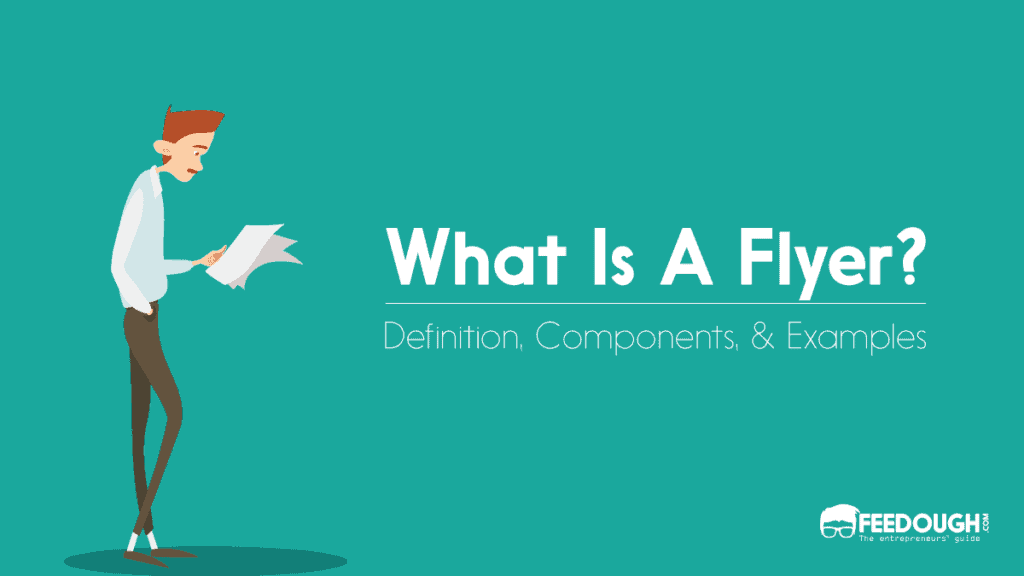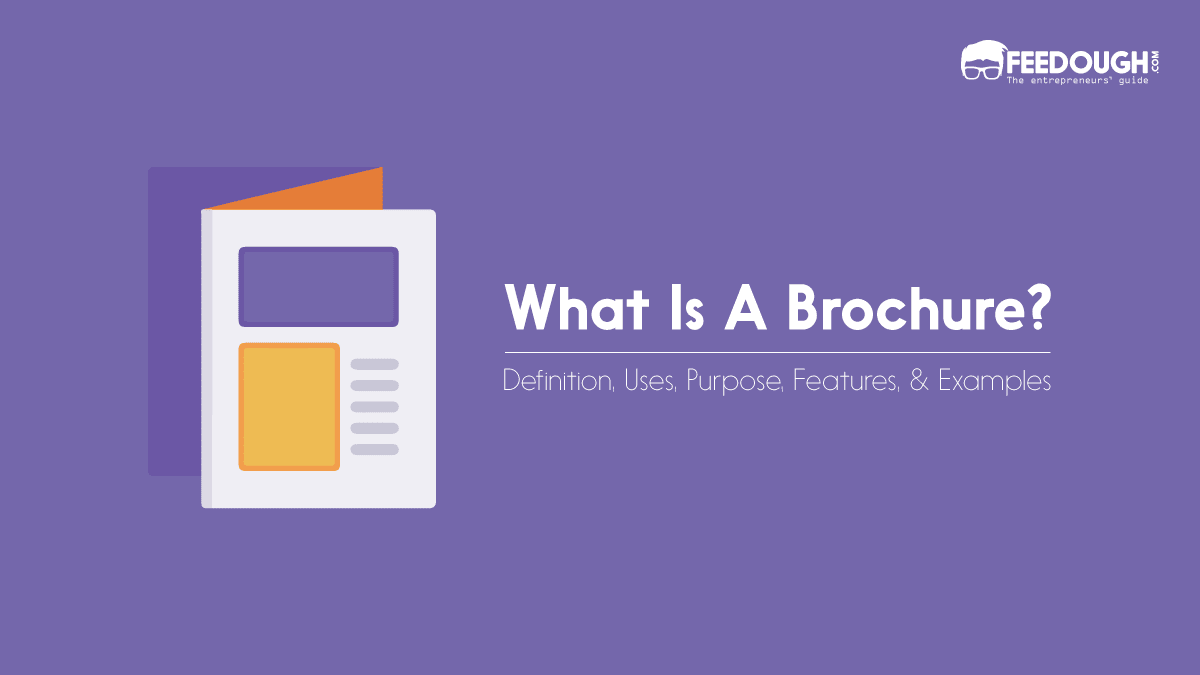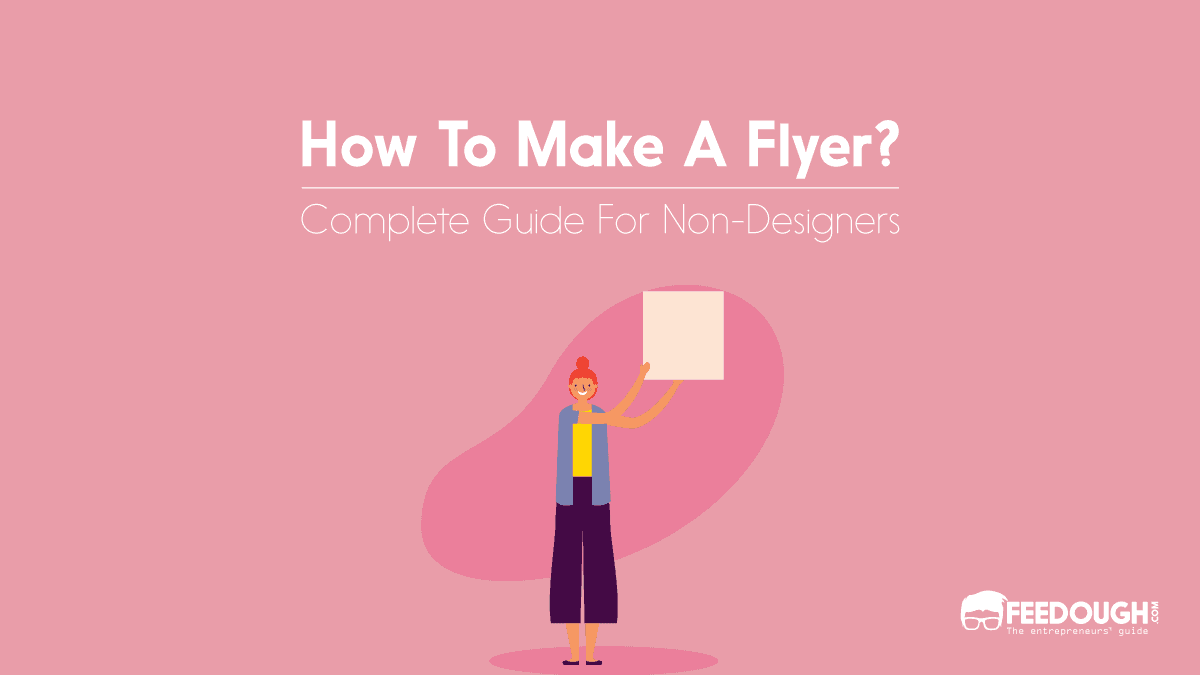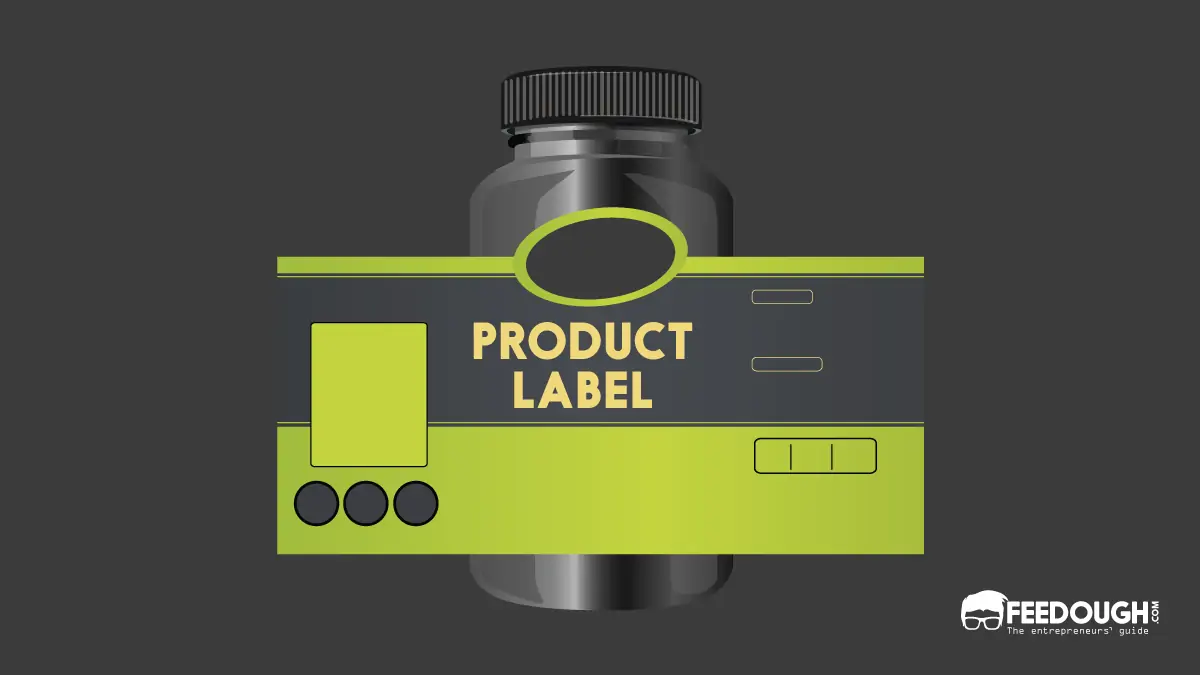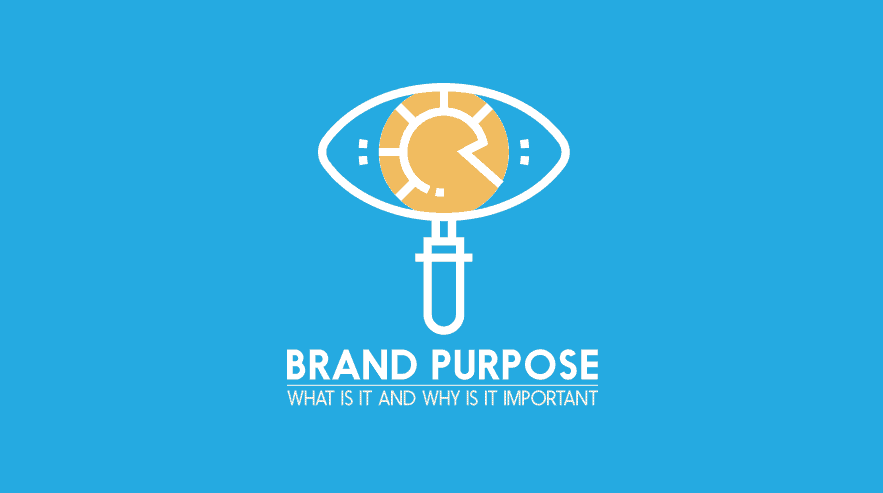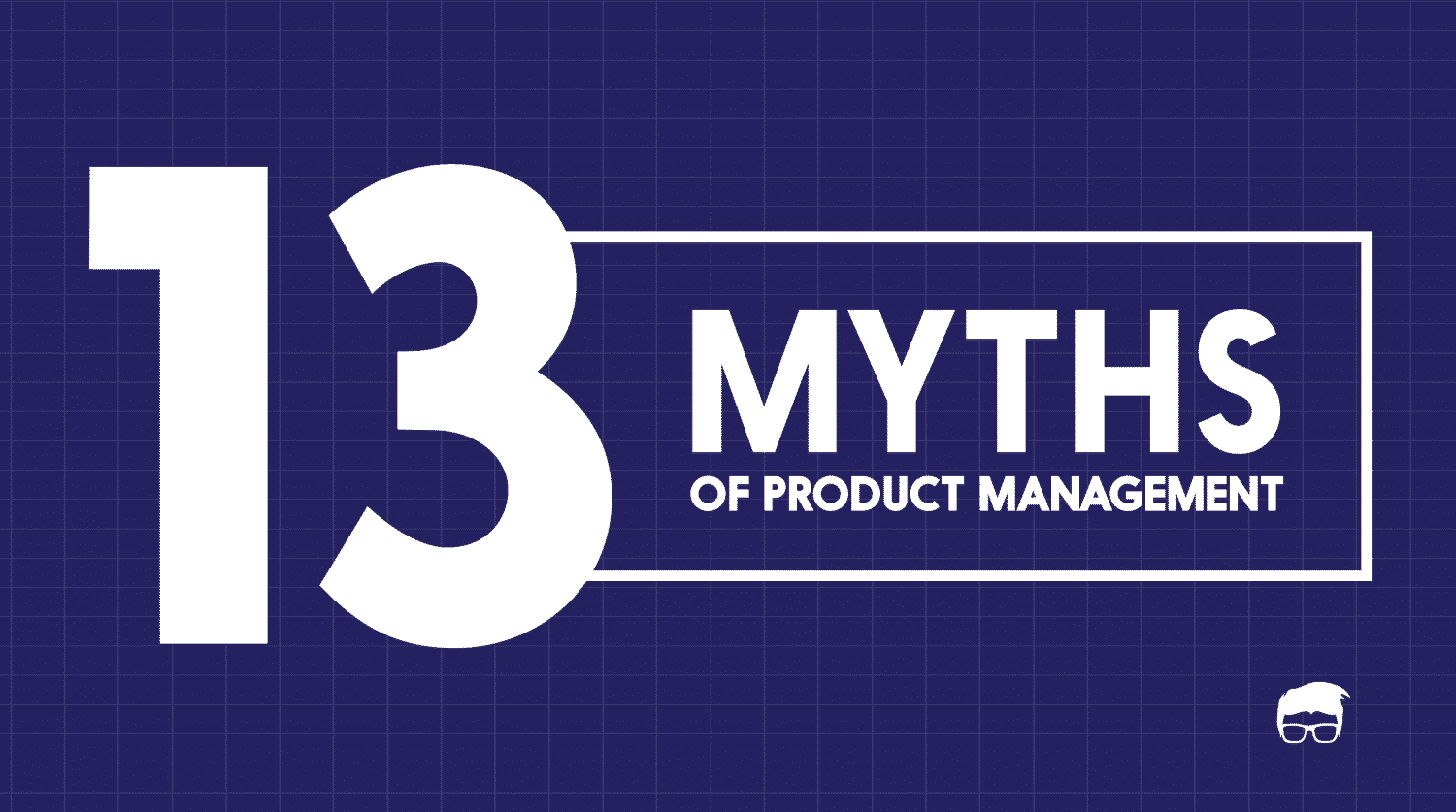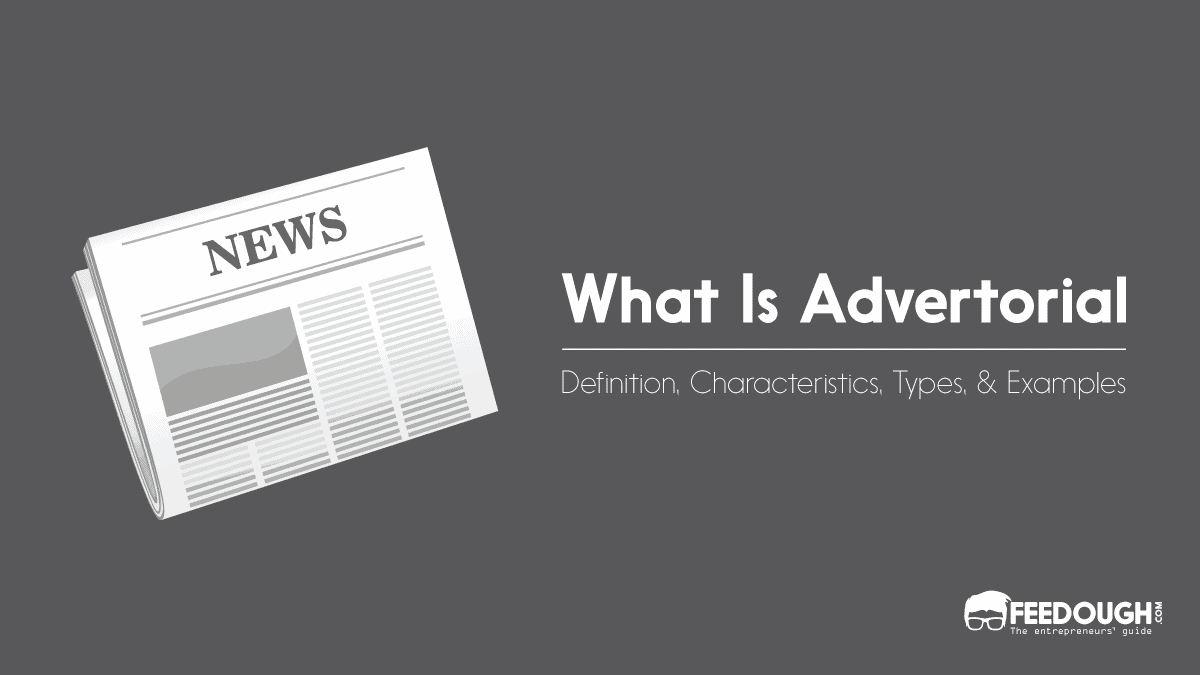Imagine a college student strolling down the streets of a bustling city, surrounded by people, bright lights and colourful storefronts, when he gets handed a paper with a catchy phrase and an invitingly bold design.
He finds the design catchy, the message clear, and the information relevant. This sparks his interest in learning more about what is being advertised.
This paper that the college student just received is commonly known as a flyer. It comes in several shapes, sizes, and varieties and serves more than one purpose.
But what exactly is a flyer? What are its components, and how is it used?
What Is A Flyer?
A flyer is a single sheet of marketing collateral used to promote a product, service, upcoming event, business, or brand in a single, eye-catching, easy-to-digest format.
In simple terms, a flyer is a printed paper containing information about a certain event, business, product or service. It is used to increase awareness and draw attention to the advertised item(s).
Flyers come in many sizes and shapes; common flyer designs include single-page prints such as postcards, door hangers, handouts, brochures and mailers.
They are printed in mass and are usually small in size. Often they are no larger than an 8.5 x 11-inch sheet of paper.
The main focus of creating and distributing flyers is attracting attention, generating interest in the promoted item, and encouraging people to take action, such as visiting a website, attending an event, or making a purchase.
Flyer Vs Brochure
Flyers and brochures are both popular marketing collateral, but they both have different purposes and distinct features, which serve different purposes that set them apart. Here are the differences:
Flyer | Brochure |
|---|---|
Printed on one flat sheet | There are different types of brochures – Single-Fold, Bi-fold, Tri-Fold, Z-Fold, Gate-Fold, Double parallel fold, and many more. |
Distributed freely | Distributed more exclusively |
Great for catching the eye of perspectives (potential customers) | Great for providing detailed information to already interested clients. |
Cheap and easy to make, less detailed as compared to a brochure | More specialised and costly to produce. The design and printing process may require more time and effort. |
Often printed on one side | Printed on both sides |
Ideal for promoting events or displays, a new business or a store, generating leads and capturing new customers | Ideal for showcasing features, services, and products, providing more in-depth information to existing customers or prospects. |
What Is The Purpose Of A Flyer?
The flyer’s primary purpose is to attract customers’ attention and persuade them to take action based on the content.
Companies define flyers as a handbill and advertising sheets they hand out to people on busy streets, a few target locations, busy public places, and events, pin on bulletin boards, or distribute in store windows as a tangible sheet to remember about the store later.
Flyer example for Products:
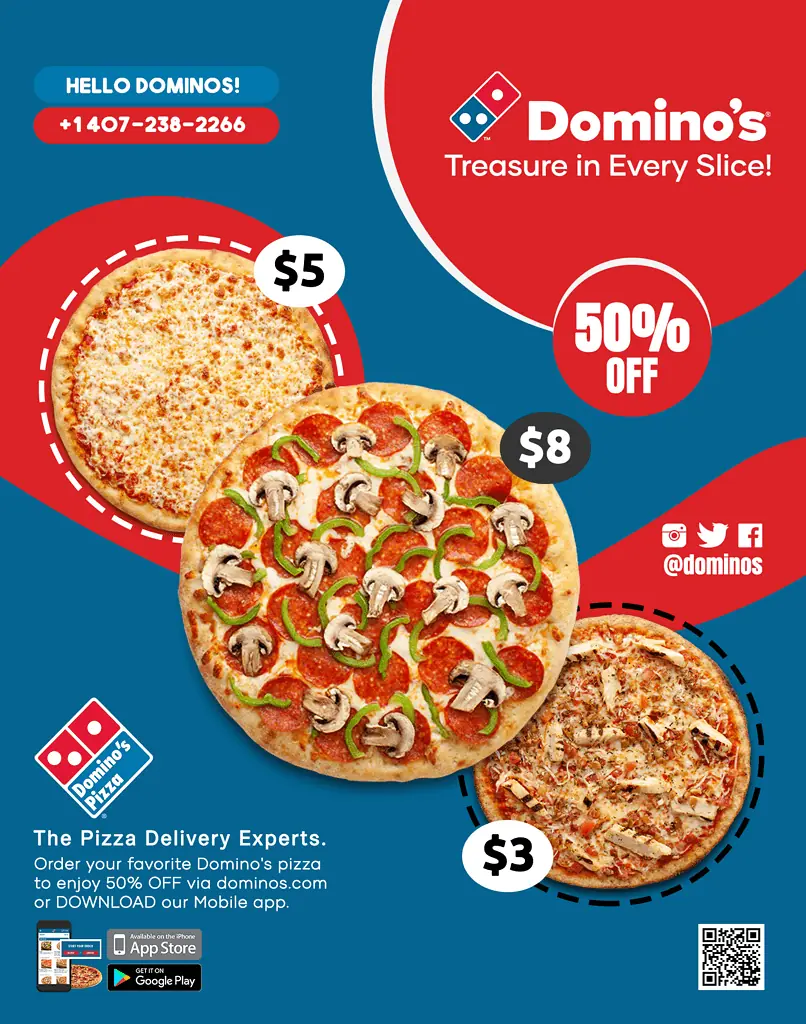
Flyer example For business:

Components Of A Flyer
The components or elements a flyer usually includes are:
- Heading: The headline or title that grabs the reader’s attention. It aims to capture the readers’ attention and convince them to read the rest of the content.
- Body Copy: The main body copy that follows the heading provides users with more details about what the brand is offering, such as discounts, benefits or services.
- Images: Vector/Raster graphics used to stand out from other flyers and to convey the message visually.
- Call-To-Action (CTA): A button, phrase or graphic that encourages the user to take immediate action, such as “visit the store” or “call us now”.
- Contact Information: The essential part of a flyer is to provide contact information like phone numbers, address and email addresses so that users can contact the brand.
- Logo: While not always present on a flyer, logos help to identify the company and create brand recognition.
Here’s an example –
- Heading: Blue Sky Cleaning Services
- Subheading: Take back your day and leave the boring stuff to us!
- Body Content: Residential cleaning. Commercial cleaning. Green Cleaning.
- Imagery: A man is standing with a broom, duster, vacuum cleaner, bucket and mop, dustpan, and a separate logo of green clean available.
- CTA: Visit www.blueskyclean.com for weekly specials.
- Contact Info: Call 400-500-4000 for last-minute deals.

The Types Of Flyers
There are many different types of flyers, each with its own specific purpose and audience. Some common types of flyers include:
Promotional Flyers
The main idea of a promotional flyer is to promote a product or service. They are typically distributed in public places like shopping centres, street corners, or through direct mail. They often include a clear, attention-grabbing headline, offers, an image of the promoted product or service, and a call to action.
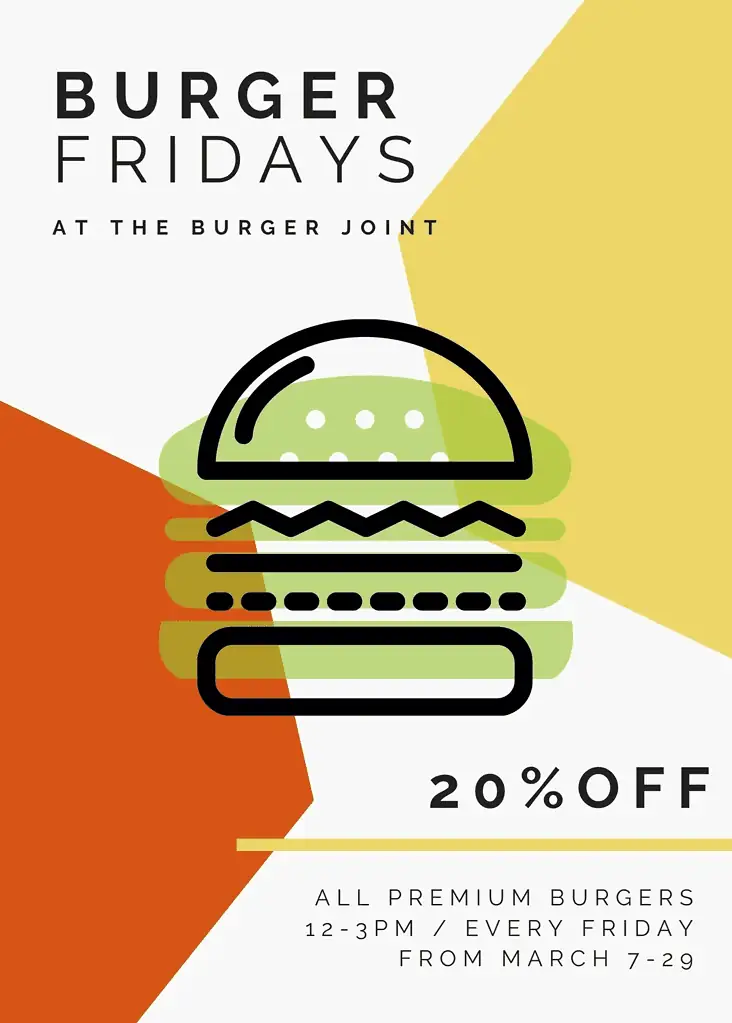
Event Flyers
As the name suggests, the event flyer promotes a specific event, such as a concert, party, or fundraiser. They typically include information about the date, time, location, and cost of the event, as well as a description of what people can expect. They may also include an image or design that relates to the event.

Informational Flyers
The ideation behind the informational flyer is to provide information about a particular topic or issue to the target audience. For instance, if the informational flyer is about recently opened Yogaclasss in the neighbourhood, the flyer will contain information about the yoga instructor, the timing of the classes, charges, what challenges people can overcome doing yoga, contact information, and a CTA.

Coupon Flyers
These flyers are used to offer discounts or special promotions to customers. They often include a coupon code or a QR code that can be scanned to redeem the offer.

Steps To Make A Flyer
Creating a flyer can be a great way to promote an event, product, or service. Here is a step-by-step process for how to write a flyer:
Identify The Purpose Of The Flyer
Before starting to create a flyer, it’s essential to understand – what marketing goal a business wants to achieve with a flyer. Is the aim to promote an event, a product, or a service, offer a coupon, or spread awareness? Knowing the flyer’s purpose helps create a clear and effective message.
Understand The Audience
Knowing who the target audience is will help identify who the flyer will speak to and how that audience will benefit the business. To understand the audience, consider their interests, demographics, and pain points when creating the flyer.
Make A Plan To Relay The Information
Think about the key information the flyer wants to convey to the audience. Create an outline of the main points that have to be included in the flyer.
Once the purpose and the audience are in place, spine up the content, add all the elements and draft the content for the flyer. This will also help decode the type of flyer design to be used.
Choose A Relevant Flyer Designing Platform
There are several different platforms available that cater to different users based on their expertise.
For non-designers with no designing experience can create a flyer online on template-oriented platforms like Canva or Visme using their drag-and-drop editors and varied templates.
For experts, Adobe Illustrator and Microsoft Publisher work well as they are powerful vector graphics editing and layout software programs commonly used for creating professional-quality flyers.
Choose/Create Flyer Design Layout
Once the designers have chosen a platform, they can choose a designed layout from a variety of pre-made layouts or create their own. Choose a visually appealing layout with all the design elements, including colour, visuals, images, and other visual elements aligned with the content outline.
Before printing or distributing the flyer, preview it to check for any errors or issues. Share it with the team or friends to get feedback and make any necessary changes. Once done, share the final product via email or get printed to distribute to the audience.
Bottom-Line?
A flyer is a simple yet effective marketing tool used to promote products, services, or events. It’s a versatile medium that is distributed in various ways, from handing them out on the street to mailing them to potential customers.
However, it is important to remember that the flyer’s design and message play a crucial role in its effectiveness. A well-designed and well-written flyer can effectively communicate information to the intended audience and ultimately lead to the desired outcome.
Go On, Tell Us What You Think!
Did we miss something? Come on! Tell us what you think about our article on What is a Flyer? in the comments section.
Ravpreet is an avid writer, prone to penning compelling content that hits the right chord. A startup enthusiast, Ravpreet has written content about startups for over three years and helped them succeed. You can also find her cooking, making singing videos, or walking on quiet streets in her free time.
